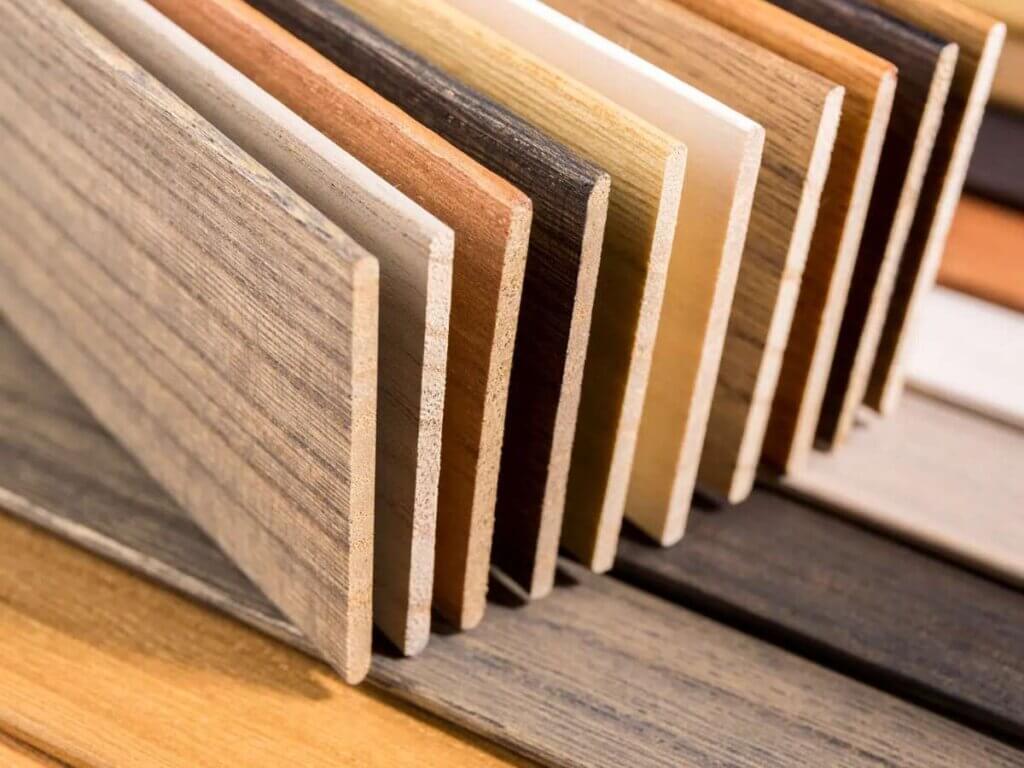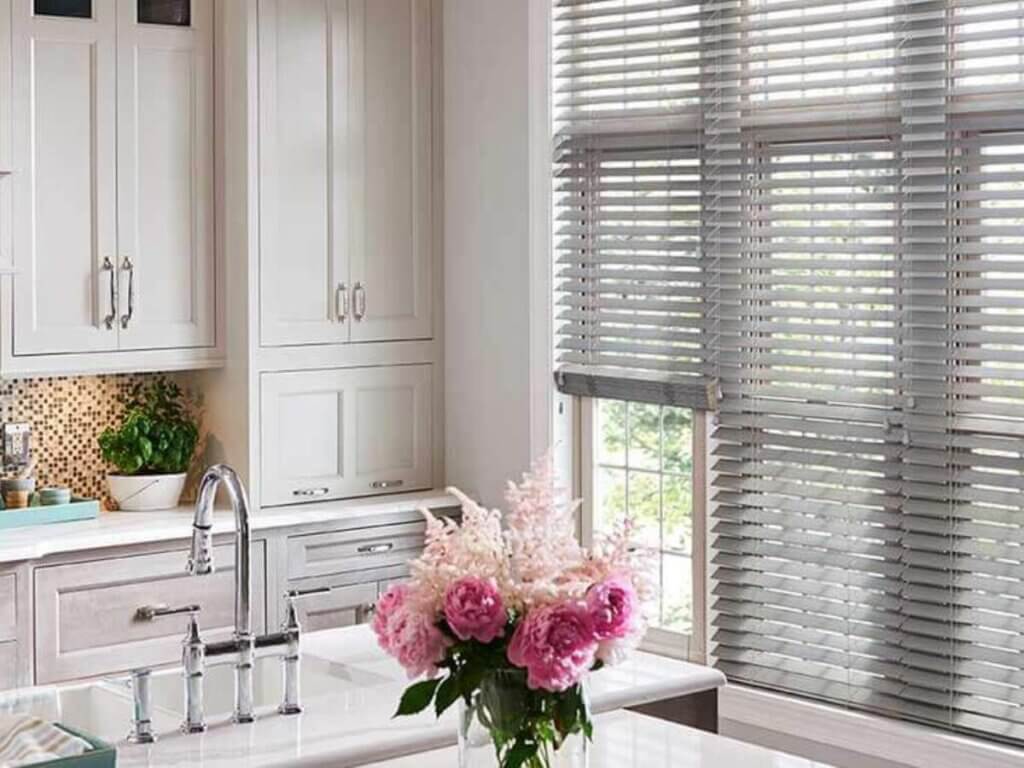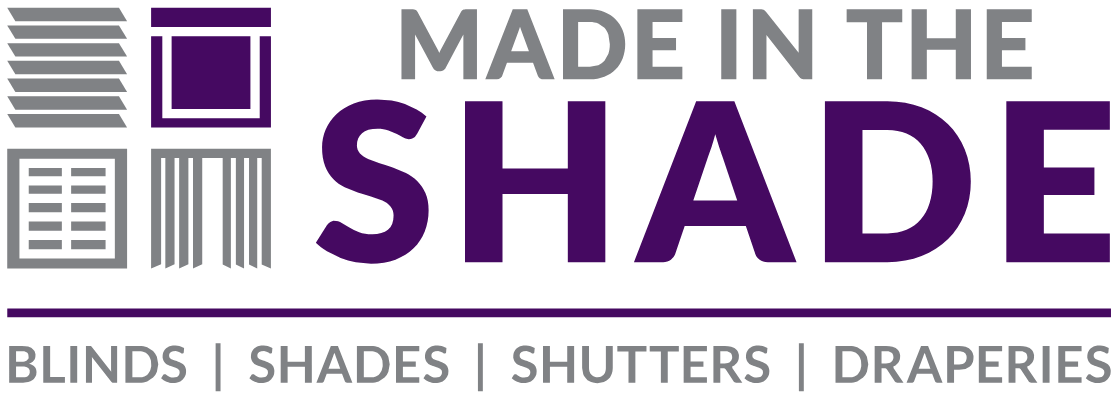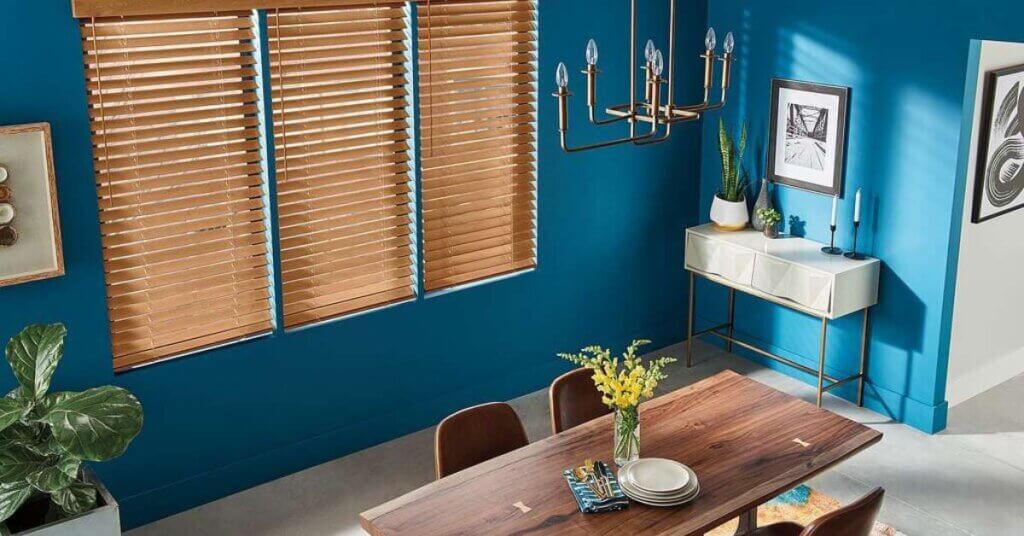Natural wood blinds bring warmth, texture, and timeless appeal to any room, but their price tag can vary greatly. When considering wood blinds cost, there’s much more at play than the number you see on the invoice. Every detail—from the type of wood to the way they’re manufactured—affects the final amount. Understanding these factors can help you make an informed choice that balances quality, performance, and budget.
For homeowners in Selbyville, DE, understanding what truly drives the cost is the first step in choosing blinds that are worth the investment.
Material Quality and Wood Type

The quality of the natural wood is one of the most significant factors influencing the cost of wood blinds. Higher-grade woods, such as basswood, are prized for their light weight, smooth texture, and resistance to warping. Other options, such as hardwoods from maple or oak, bring unique grain patterns but can be heavier and more expensive.
Lower-grade woods may be less expensive, but they often lack the same durability and refined appearance. Selecting the right wood type means balancing aesthetic preferences with long-term value.
Custom Size and Window Dimensions
Wood blinds are priced based on the dimensions of your windows. Larger windows require more material, naturally increasing the overall cost. Custom-size blinds, made-to-measure for a perfect fit, often cost more than ready-made options because they require precise manufacturing and specialized adjustments.
For homes in Selbyville with oversized or uniquely shaped windows, custom sizing ensures better light control, improved insulation, and a cleaner, more tailored appearance.
Manufacturing Process and Finish Options
The way wood blinds are crafted has a direct impact on price. Hand-finished products often command higher costs due to the attention to detail in sanding, staining, and assembly. Finish options, such as premium stains, paints, or distressed looks, also influence cost. A rich walnut stain or crisp white paint can enhance the look but may require multiple layers and longer processing. These finishes affect style as well as add protection to extend the blinds’ durability.
Operation Style: Corded, Cordless, and Motorization

The control system you choose will affect your wood blinds cost.
- Corded systems are usually the most affordable.
- Cordless operation offers a cleaner look and added safety, especially for homes with children, but can be more expensive.
- Motorization or automation allows you to adjust your blinds with a remote, smartphone app, or smart home integration. While the upfront cost is higher, the added convenience and modern functionality are worth considering for many homeowners.
Installation Costs and Expertise
Professional installation plays a big role in the total investment. The cost can vary depending on the complexity of the window size, the number of blinds being installed, and the installer’s expertise. In Selbyville, where salt air and humidity can affect materials, working with experienced professionals ensures the blinds are mounted securely and operate smoothly for years.
Professional installation also ensures compliance with any relevant laws and helps preserve warranties, which can be voided if blinds are improperly installed.
Brand Reputation and Warranty
Brand reputation can add to the cost of wood blinds. Well-known brands often invest in higher-quality materials, advanced manufacturing processes, and rigorous quality control. They may also offer extended warranties, giving you added peace of mind. While a brand name can add to the initial price, it often means better durability, more consistent finishes, and reliable customer support.
Shipping Fees and Regional Factors
Shipping costs can vary based on the size, weight, and origin of the blinds. Heavy hardwoods or oversized blinds often have higher delivery fees. In coastal areas like Selbyville, sourcing blinds from regional suppliers can sometimes reduce shipping costs while ensuring faster delivery.
FAQs About Wood Blinds Cost
1. Are basswood blinds more expensive than other wood types?
Yes, basswood blinds often cost more because basswood is a lightweight, stable, and easy-to-finish wood. Its smooth surface allows for uniform staining or painting, making it a top choice for premium blinds. While the price may be higher, many homeowners see the value in its long-term performance.
2. Does motorization significantly increase the cost?
Motorization typically adds a noticeable amount to the overall price, but it brings unmatched convenience and modern appeal. The exact increase depends on the motor type, control method, and whether it integrates with smart home systems. Many homeowners consider it a worthwhile investment due to its ease of use and potential to enhance home value.
3. Is professional installation worth the extra cost?
Professional installation ensures that your blinds fit and function properly from the start. Skilled installers possess the necessary tools and expertise to address any unique window challenges, ensuring smooth operation and optimal longevity. The added cost often pays off in performance, aesthetics, and maintaining your warranty coverage.
Choose Wood Blinds That Match Your Needs
The wood blinds cost you see on a quote reflects much more than just the material—it’s a combination of quality, craftsmanship, customization, operation style, installation, and brand reliability. By understanding these factors, you can make an informed choice that aligns with your budget and your vision for your home.
Book an appointment with MITS Eastern Shore today to explore wood blinds options tailored to your windows and your style.


